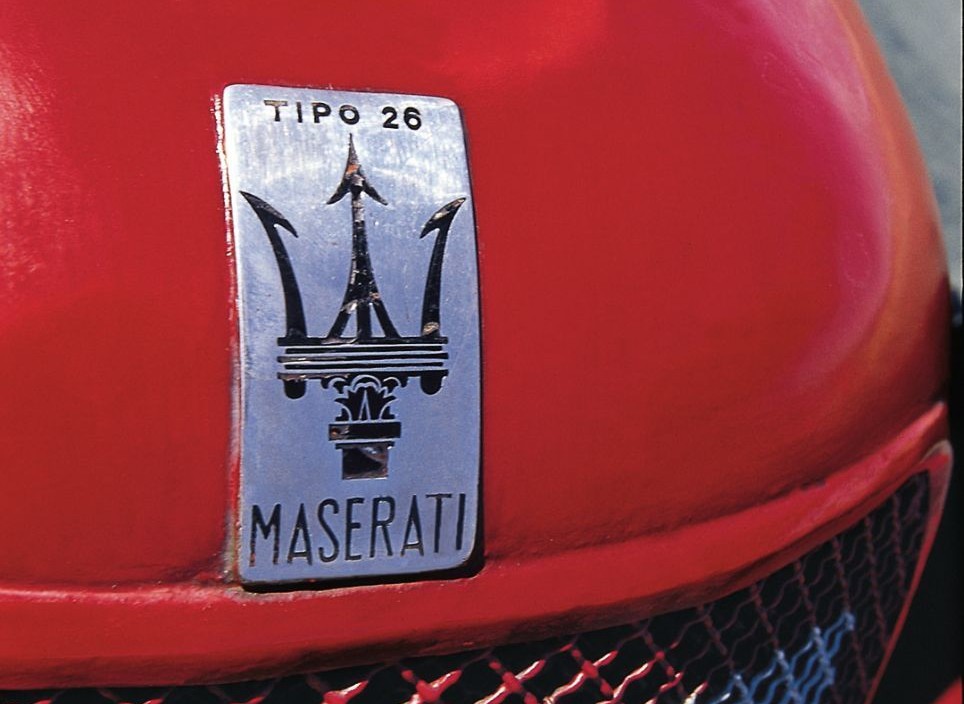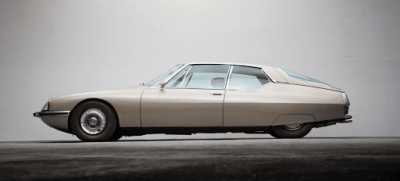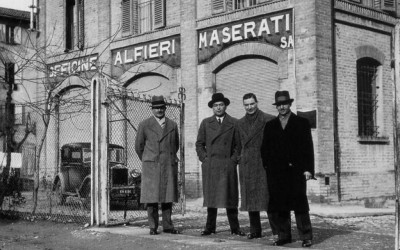From 19/12 to 23/02, Autoworld is all about Maserati. The Italian marque that elevated 'Gran Turismo' to a way of life is celebrating it 110st birthday. More than a century of glorious history of the brand with the trident is extensively celebrated with a large, temporary exhibition at Autoworld.
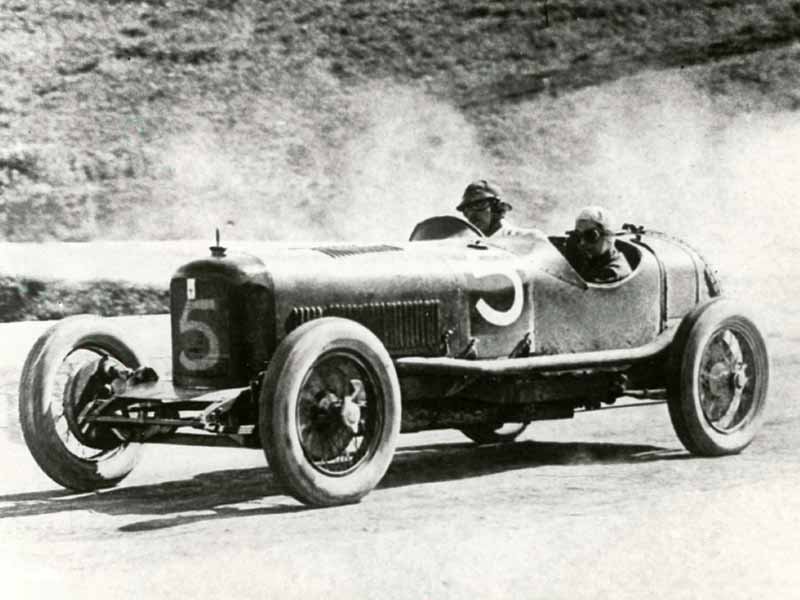
Tipo 26
In December 1914, Officine Alfieri Maserati SA was founded in Bologna, Italy by brothers Alfieri, Ettore and Ernesto Maserati. Before they manufactured cars and motorbikes, their company built spark plugs. Until 1926, the Diatto brothers' company built racing cars. When Diatto ceased to exist, Maserati built its first, own racing car, the Tipo 26. It was another brother, Mario, who gave the Maserati car brand its well-known trident logo, based on the Neptune fountain in Bologna
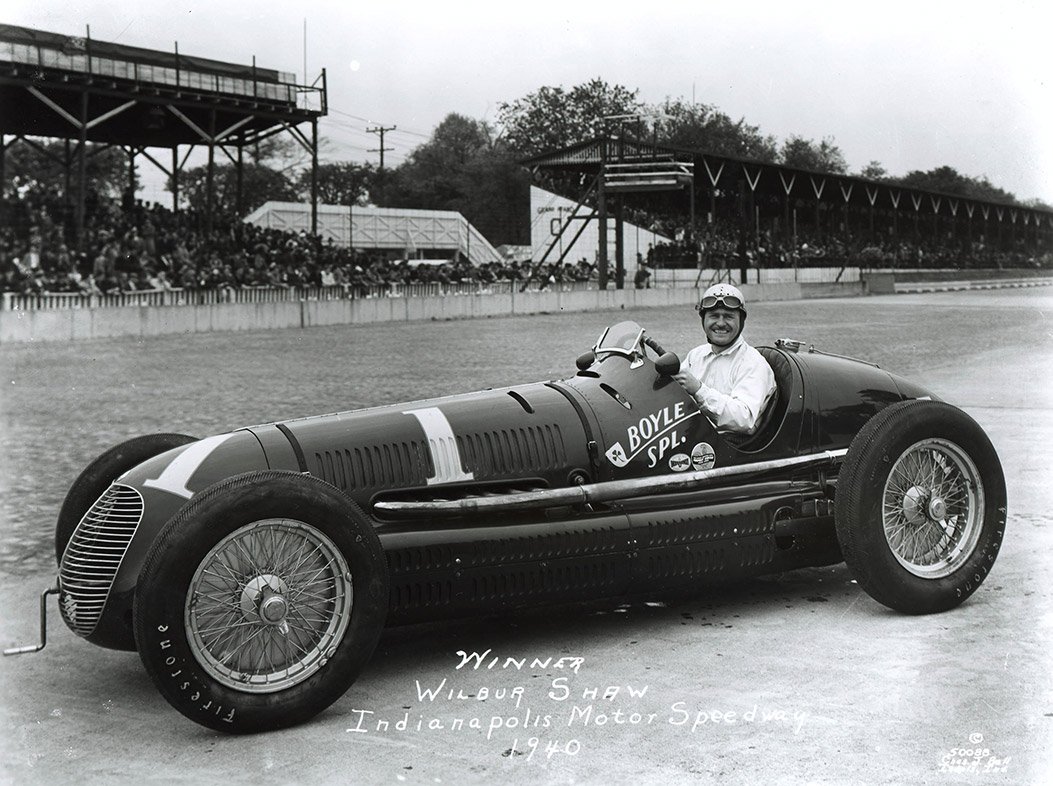
Maserati 8CTF
In 1932, Alfieri died and a younger Maserati brother, Bindo, joined the company. Just a few years later, in 1937, the brothers sold the company to Adolfo Orsi, moving the headquarters from Bologna to Modena in 1939. In May that year, Maserati celebrated a prestigious victory at the Indianapolis 500 with an 8CTF.
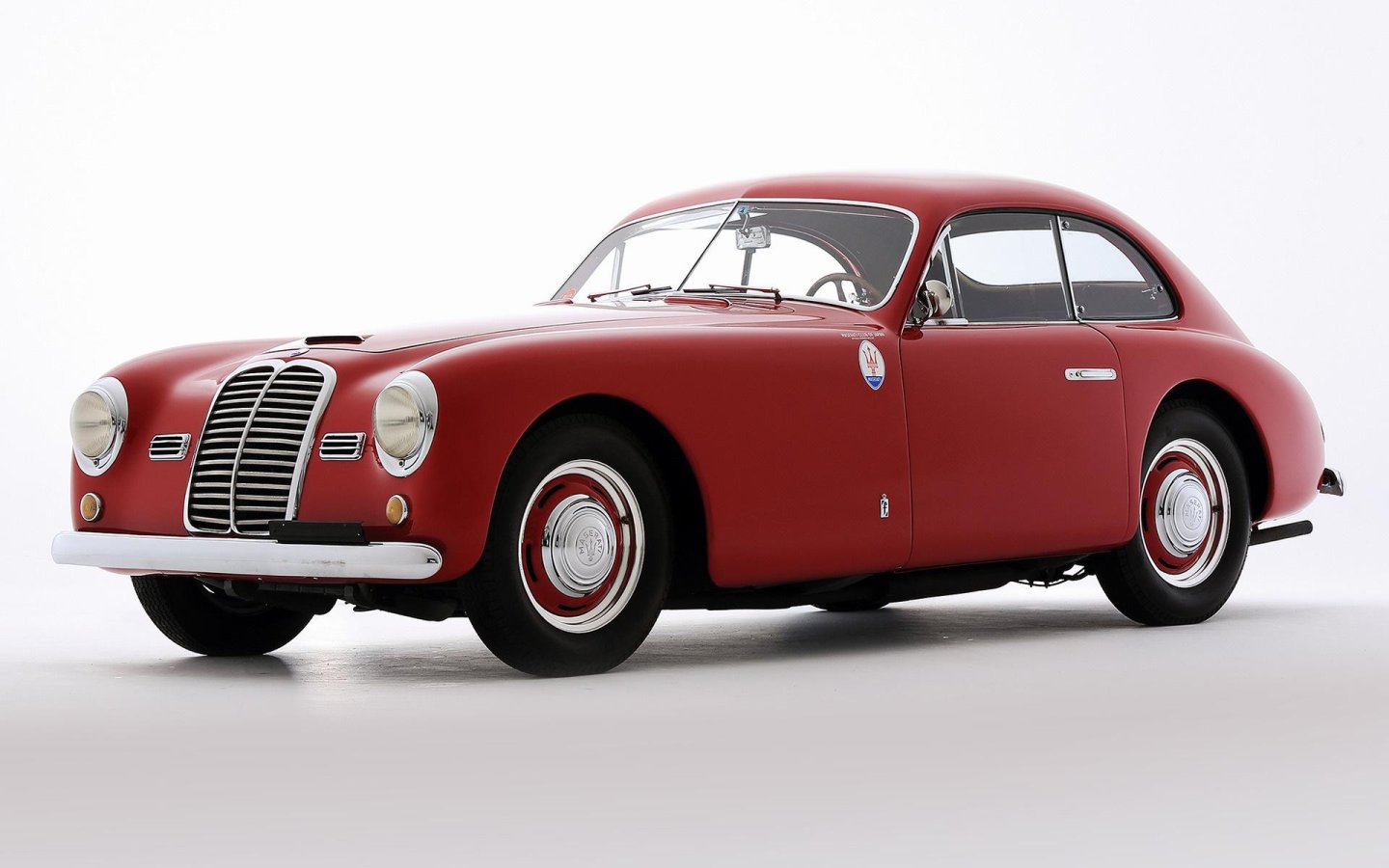
Maserati A6 1500
During World War II, Maserati survived by producing spark plugs for the Italian army. Once the war over, Maserati went back to producing racing cars, as well as the A6 1500, their first public sports car.
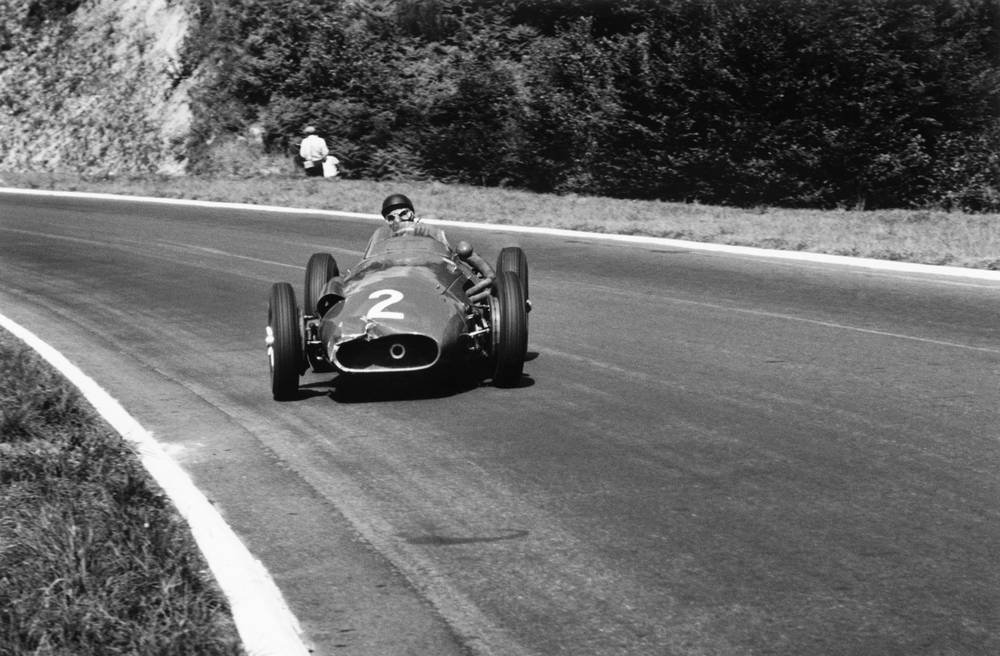
Maserati 250F
In 1957, Argentine Juan-Manuel Fangio won his fifth final F1 world title at the wheel of the iconic Maserati 250F. It would remain the marque's only F1 title, but in sports cars Maserati would have many more successes, with the Typo 61 'Birdcage' as the most famous of the sports car racers.
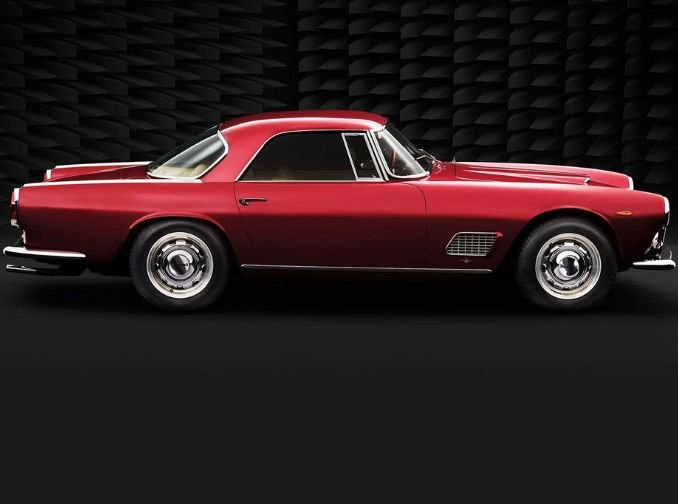
Maserati 3500 GT
The 3500 GT, also launched in 1957, marked a further turning point for Maserati, as the first mass-produced Maserati. It would set the stage for the production of iconic Grand Tourismos like the 5000GT, Quattroporte, Sebring, Mistral and Ghibli.
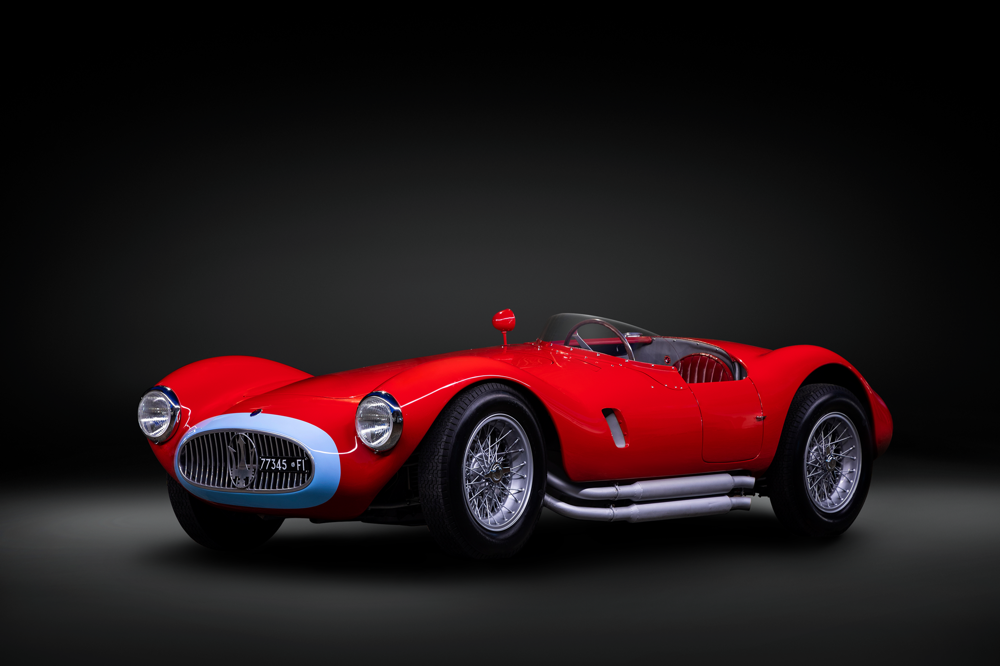
Maserati A6GCS
In 1968, Maserati passed into the hands of Citroën. Its most famous scion became the Citroën SM with Maserati engine block. Through Citroën's financial injection and know-how, Maserati launched the Bora in 1971, their first sports car with independent suspension and rear engine. The Khamsin would become the successor to the Ghibli, again with engine at the front.

Maserati Bora
In 1973, when Citroën only narrowly survives the oil crisis and Maserati sees its sales fall by half, the closure of Maserati seems inevitable. Workers occupy the factory halls and keep production going with guarantees from the Italian government, until a buyer is found in the person of Alejandro de Tomaso.
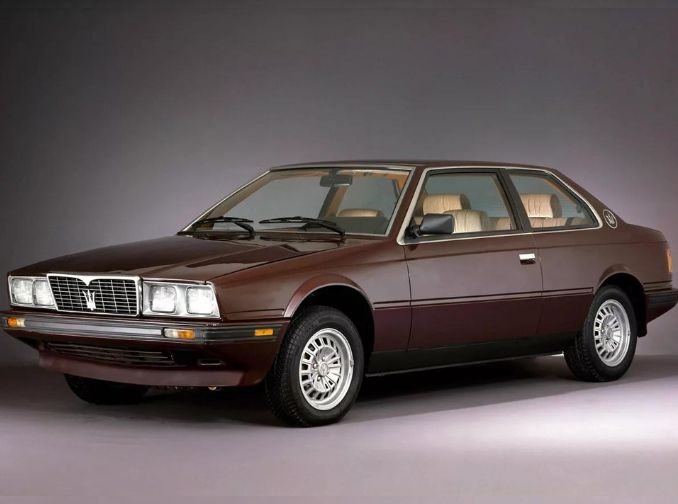
Maserati Biturbo
From the 1980s, the big, sporty GTs were replaced by the BiTurbo models, which were the basis of every new Maserati until the 1990s. Meanwhile, first Chrysler took over part of the shares, after which Fiat embraced the brand.
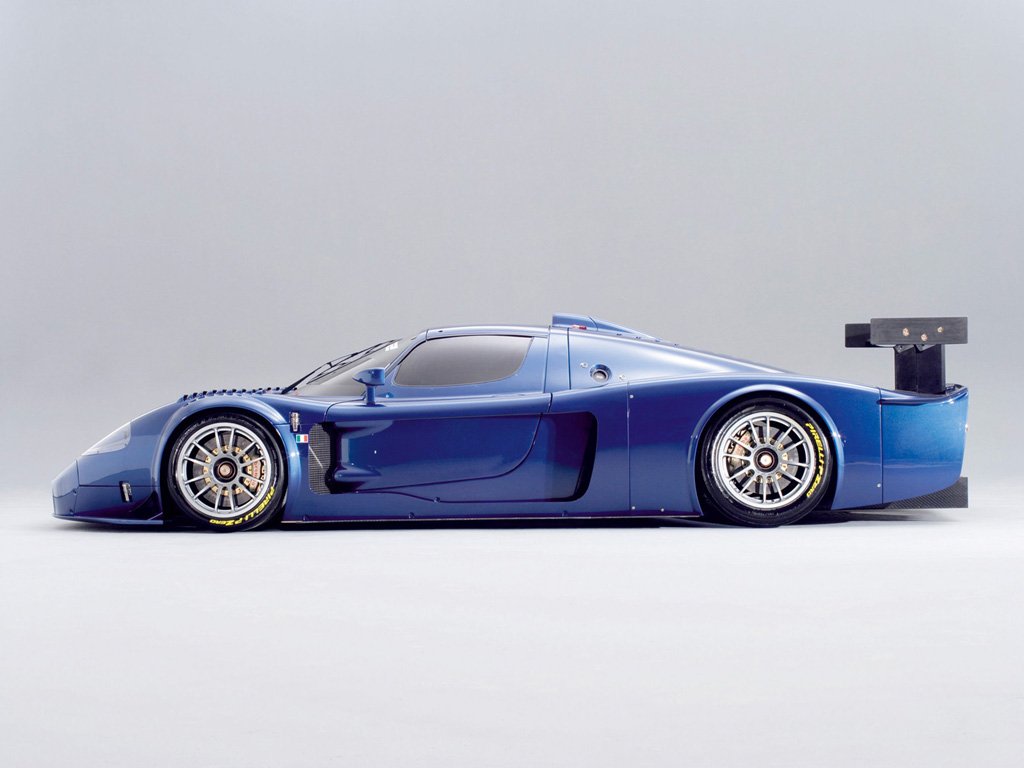
Maserati MC12
The first major model from that partnership became the 3200GT, harking back to Maserati's heyday of big, fast GT cars. The Quattroporte and Ghibli would turn Maserati into a profitable business, with the United States as its biggest market. With the MC12, derived from Ferrari's Enzo, Maserati also reconnected with its successful racing past.
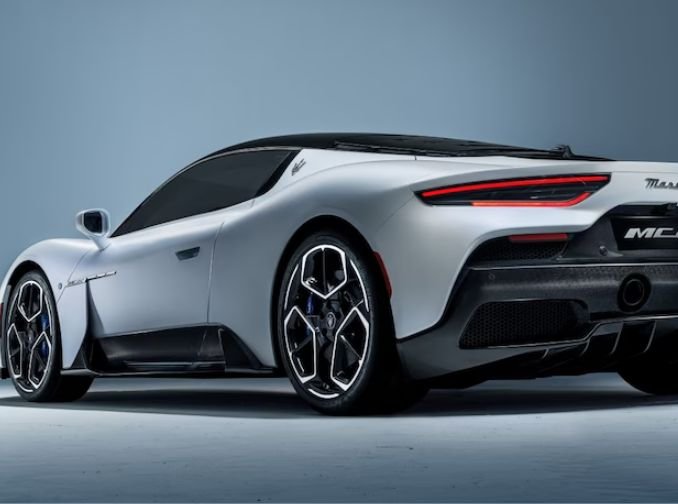
Maserati MC20
Meanwhile in first the Chrysler group and then the PSA group with Citroën also joined the umbrella Stellantis group, reuniting Maserati with two old friends. With models like the Levante and MC20 as a look at what Maserati has in its ranks today, bowing to an incredibly rich history.
